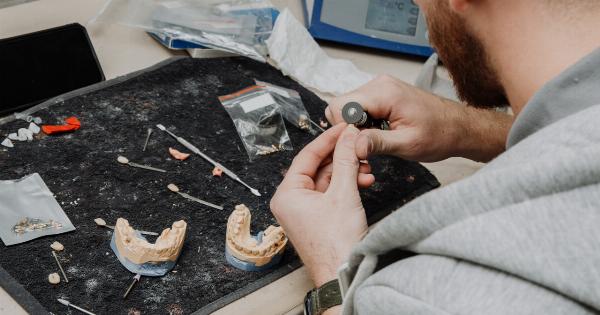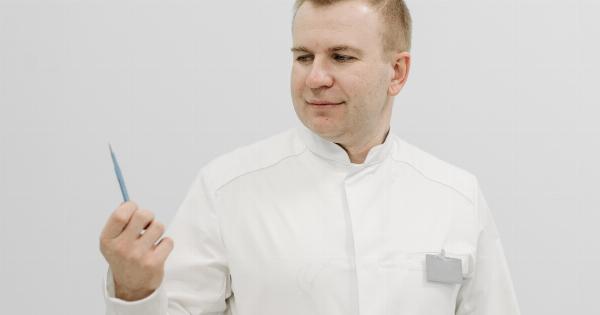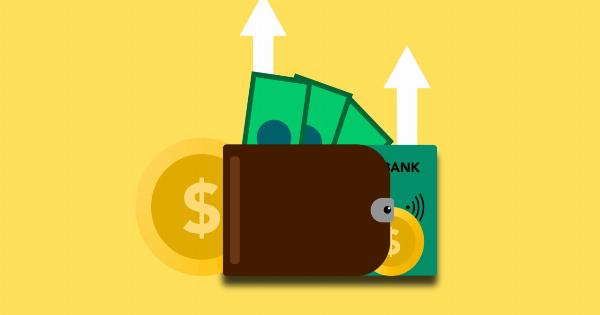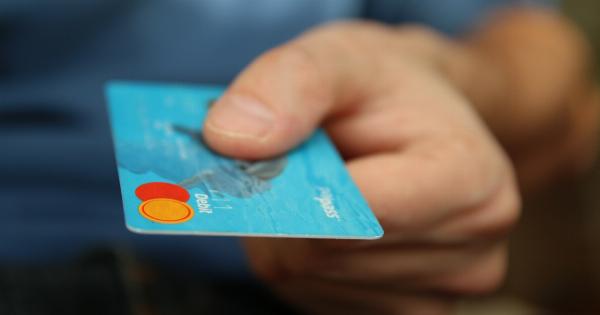Infertility is a common issue that affects many couples worldwide and In Vitro Fertilization (IVF) is a well-known assisted reproductive technology. In this article, we will discuss the process of IVF fertilization and how it works.
What is IVF?
IVF is a complex procedure in which mature eggs are retrieved from a woman’s ovaries and fused with sperm in a laboratory dish.
The resulting fertilized eggs, also known as embryos, are then transferred into the woman’s uterus, where they may implant and grow into a pregnancy.
The IVF Process
The IVF process can be broken down into five main stages:.
Stage 1: Ovulation Induction
During this stage, fertility medications are administered to the woman to stimulate her ovaries to produce multiple eggs. This is necessary because the chances of fertilization and pregnancy increase when more eggs are available for fertilization.
Ultrasound scans and blood tests are used to monitor the development of the ovarian follicles that contain the eggs.
Stage 2: Egg Retrieval
Once the ovarian follicles are mature, the eggs are ready to be collected. A needle is guided through the vaginal wall to each follicle and the eggs are gently suctioned out.
This procedure is performed under sedation so that the woman does not feel any discomfort.
Stage 3: Sperm Collection and Preparation
On the same day as the egg retrieval, the man will provide a semen sample, which will be analyzed and prepared in the laboratory. The best quality and motile sperm are separated from the semen and concentrated for fertilization.
Stage 4: Fertilization and Embryo Development
The retrieved eggs are combined with the prepared sperm in a laboratory dish and the dish is left in a warm incubator overnight.
Fertilization should occur naturally during this time as the sperm penetrates the egg and the resulting embryo starts to develop. By the next day, the embryologists will check the eggs to see which ones have fertilized and are developing into embryos. They will monitor the embryos over the coming days to check their quality and development potential.
Stage 5: Embryo Transfer
The final stage of the IVF cycle is the transfer of the embryos into the uterus. This is usually done 3 to 5 days after the egg retrieval, depending on the quality and number of embryos available.
The embryos are transferred into the uterus using a thin tube called a catheter, which is inserted through the cervix. This process is usually painless and does not require anesthesia.
Conclusion
The above five stages are the main components of an IVF cycle. IVF has helped many couples achieve their dream of having a baby, but it is a complex and expensive procedure that requires a lot of preparation, patience, and emotional stability.
The success rates of IVF depend on many factors, including age, fertility history, and the quality of sperm and eggs. Couples should consult with their fertility doctor to determine if IVF is suitable for them.




























